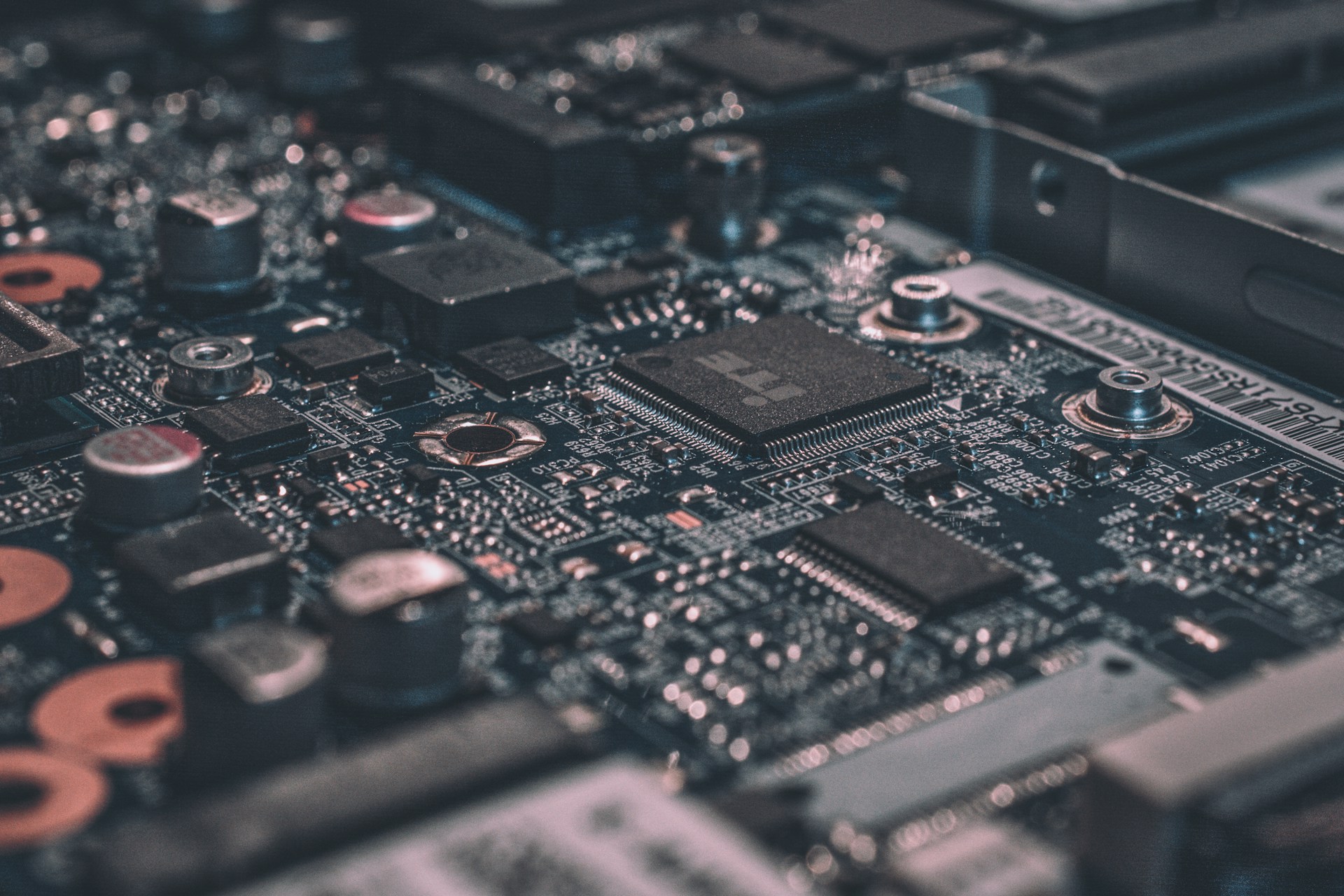
Electronics Design & Production Services
Protorithm excel in delivering exceptional electronics design and production solutions. From initial concept to final assembly, our dedicated team combines creativity with technical prowess to craft custom electronics that surpass industry standards. Whether you're a startup innovator or an established enterprise, count on us for precision engineering and reliable manufacturing, ensuring your electronics projects thrive in today's competitive market. We're also specializing in electronics testing solutions which you can read more about it here.
If you're interested in receiving more information or a personalized offer, please fill out our form here.
How tests are performed:
Requirements Definition
At the initial stage, all technical and functional requirements are gathered, encompassing what the final product must accomplish and what its limitations are. This includes both client needs and technical specifications.


Proposal Of Prototype
A plan for the proposed prototype is prepared. At this stage, a solution is presented on how we will meet the specified requirements. Possible design and functionality are also proposed, considering budget and timelines.


Contract / Agreement
Once the proposal is approved, an official contract is established defining the project's guidelines, terms, and responsibilities. This provides clear rules and objectives for both the client and the supplier.


Design Specifications
Detailed technical specifications are provided, outlining how the prototype will be developed. At this stage, electronic circuits are modeled and tested to ensure correct operation. A block diagram is created to illustrate the interaction of all circuits and the overall system operation. Additionally, a risk assessment is conducted to identify potential obstacles that could hinder prototype implementation. This includes technical constraints, supply chain risks, or possible budget overruns.


Design Approval
After technical specifications and initial design elements are prepared, the client reviews and approves the design to proceed with further work. At this stage, the client settles with the contractor for the partially completed project portion. Following payment, the client decides whether to continue or terminate the project, providing flexibility if current progress or results do not meet expectations or financial capabilities.


Schematic Design And BOM creation
After technical specifications and initial design elements are prepared, the client reviews and approves the design to proceed with further work. At this stage, the client settles with the contractor for the partially completed project portion. Following payment, the client decides whether to continue or terminate the project, providing flexibility if current progress or results do not meet expectations or financial capabilities.


Schematic And Design Approval
The finalized schematic design and BOM are sent to the client for review. The client must approve that the schematic design and component choices meet their needs. Any necessary revisions are incorporated into the final schematic design before moving on to the PCB design phase.


PCB Design
Following schematic approval, the printed circuit board (PCB) design process begins, integrating all components into a cohesive unit from mechanical and electrical perspectives. At this stage, a 3D model is generated to visualize component placement on the board and how the PCB fits into the final product or its casing. Additionally, a report on parasitic parameters is generated, describing unwanted effects like inductance, capacitance, or resistance that could affect the system's performance. An updated BOM is also prepared, allowing for optimizations. All this information is provided to the client for review and approval.


PCB Design Approval
The completed PCB design is submitted to the client for review and final approval. At this stage, the client must approve not only electrical solutions but also geometric dimensions. If a separate enclosure is designed for the product or if specific mounting is required, it's crucial to ensure the PCB design and its dimensions meet the mounting location and casing requirements.


Build Prototypes
Upon PCB design approval, physical prototypes are manufactured. Prototype production can be carried out in Europe or China, depending on client needs and cost optimization. If requested, PCB assembly and full assembly can be done on-site in Europe to protect intellectual property. This ensures greater control, especially for sensitive projects requiring complete security and reliability in the manufacturing process. Clients have flexibility to choose between manufacturing costs and security priorities.


Testing And Prototype Evaluation
The manufactured prototype undergoes rigorous testing. This stage involves not only verifying overall prototype operation but also writing and installing software for microcontrollers and other configurable components. Peripheral data exchanges are tested to assess compatibility. Electrical circuits are tested under loads to evaluate efficiency, noise, and stability.


Prototype Approval / Design Iteration
The manufactured prototype is handed over to the client for real-world testing. The client verifies whether the prototype meets all requirements and functional specifications. If the prototype operates correctly, it is approved. If errors are identified or changes are needed, design iteration occurs, returning the process to step 5 (Design Approval) to implement necessary adjustments.


Production Management
Upon final approval, the production process begins to manufacture the required quantity of final products based on the approved design, ensuring quality and efficient supply chain management.





